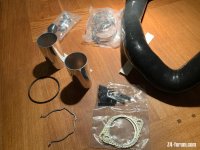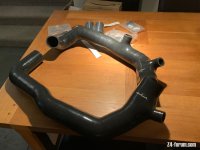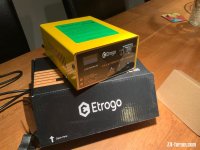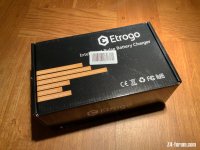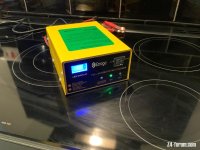Pondrew said:
Hi Peter,
I hope you had a good xmas. The following is genuine (as I have had an epiphany) and am interested.
I have not read ALL the thread, so sorry if this has been covered:
Have you changed the N54 pistons and rods for the 500bhp target, or are you going to?
The reason I ask is that I know with the N54, Alpina changed the pistons and conrods for Mahle forged items; presumably as a precaution for uprating the power. I believe Alpina offered the N54 with a maximum of 400bhp and 550nm. As you are going far beyond this, I am interested in your thoughts.
Andy
So here’s my dissertation with the benefit of accumulating hindsight….
BMW built the N54 as their first modern generation turbo charged car…coming to market in 2006.
Generally it was over engineered for the intended task..300-350 BHP it had a forged crankshaft and forged rods..it had cast pistons.
The BMW/Alpina standard is to be able to hold maximum rated power for hours at a time if required.
Given when the decision was made by Alpina to use the N54 in 2006, little operational experience of the engine was known, if any.
So Alpina went down a ‘traditional’ route to gain more power, lower compression ratio than the stock N54..9.3 vs 10.2 plus a lot more boost.
BMW themselves had already selected a special version of the piston for the N54 over the NA N52..Alpina went further with Germanic enthusiasm..so lower compression ratio and forged..a good, prudent choice.
So it’s both a good marketing pitch..and it’s prudent.
What nobody knew was just how robust and tune-able the N54 would be..in theory a cast piston, open deck design signals limitations.
It quickly became clear , in the hands of third parties, just how easy and scalable the N54 is..even BMW went down the route later 5 years after the launch with a re-map on the 35is.
So with hindsight were the forged pistons required? Probably not but a good insurance policy.
Seems N54s can run 600-700 crank BHP on stock pistons.
Again, in my journey and many others, we are not intending / able to use whatever full power is produced for more than 30 seconds.
Even at 400 BHP before the big turbos the car would hit 155mph and the speed limiter in less than 30 seconds..
Therefore the trade off is that transient use of power above 400 BHP is limited and the existing cooling systems , given the airflow over the radiators, will ensure no ‘meltdown’…as discussed prudent tuning at these elevated levels use very rich mixtures..something a NA ICE can’t take advantage of, as they need close to stoichmetric mixtures to achieve their peak hp / torque.

